 A new year brings time to reconnect with our network. We touch base for updates, follow up after the holidays, gain insights into goals for the new year, attempt momentum as Q1 revs up. During one of these recent dialogues, I connected with an old friend. We reminisced about the days when we worked together, cherishing the fun and synergy of the team. Providing updates of team members we knew had “moved on.” Organically, the conversation moved from work-life to health and family and then insights to new ventures.
A new year brings time to reconnect with our network. We touch base for updates, follow up after the holidays, gain insights into goals for the new year, attempt momentum as Q1 revs up. During one of these recent dialogues, I connected with an old friend. We reminisced about the days when we worked together, cherishing the fun and synergy of the team. Providing updates of team members we knew had “moved on.” Organically, the conversation moved from work-life to health and family and then insights to new ventures.
When my friend told me what was new in life, there were so many phrases that stood out.
“I failed.
Sadly.
I’ll admit.
It’s embarrassing.
Regrettably.”
There was a monologue of self judgement and justification to validate a recent career move. Here was a friend who had reinvented themself and revitalized a skillset during a pandemic. A “bus stop” role attained to sustain family income, yet the personal reflection was negative. We then talked about mindset and switching thoughts from failure to learning.
Last week during a group networking call, breakout rooms were provided to assist the discovery of common ground. Predetermined questions were given to facilitate the direction of our dialogue. One such question was, what are your goals for 2021? One participant stated their current occupation and then divulged their objective. Wiping tears from the face, there was genuine heartfelt passion behind this planned jump, but what followed were words of doubt.
“Not certain I can do it. We’ll see what happens.”
Doubts and fears. Moments of hesitation emerging as the unknown becomes visible on the horizon. We all have these thoughts, but this is where mindset is everything. It’s in these moments that determine our next steps. How do we tip the scales towards productivity? To see the opportunity and find value in the experience vs judging it as greater than, less than, or equal to? Failure vs learning?
If we don’t believe in our goals, how can others support us on our path?
We are each made up 99% positive attributes. Yet we have an uncanny ability to fixate on the negative. That 1% becomes a spotlight effect and we feel the world is watching. Judging. How is it in these moments of self-doubt that some people remain in stagnant in overwhelm and others just do?
One of my dearest colleagues is one of these people. Last year, Tish mentioned she was going to apply for a Ted Talk. She didn’t know if she would be accepted or not as she stated, “we miss out on all the opportunities we don’t take.” This type of mindset sets a foundation for a positive viewpoint. A paradigm that imagines possibilities. A mindset filled with intention and movement. Tish applied and her talk was selected. She presented for Tedx Naperville this past November.
 Mindset truly is everything. Below
Mindset truly is everything. Below
TIPS TO SUSTAIN A STRONG MINDSET
- Start living life in gratitude. Find gratitude in everything. Stress and tension melt away when we are in a grateful state of mind.
- Before your feet hit the floor in the morning, identify three things you’re thankful for and set your intention for the day.
Should the mindset turn negative.
- BREATHE.
- Chat to yourself and then Reset.
- Ask yourself how berating yourself helps the situation?
- Ask yourself WHY you think you’re not worth it? Then ask this question again.
- Remember, there was a reason that thought, the dream, the wish, the attainable goal popped into your head. Listen to that inner voice. What’s it saying to you?
- Place affirmations in a place or on a phone and look at them daily.
- Create a vision board
- Tell others your goals and vision. The more people you tell, the more constant it remains in thought.
Quotes I Love for the Journey
- “If you think you can or can’t you’re probably right.” – Henry Ford
- “All our dreams can come true, if we have the courage to pursue them.” – Walt Disney.
- “It’s Not Whether You Get Knocked Down, It’s Whether You Get Up.” – Vince Lombardi
- “If You Are Working On Something That You Really Care About, You Don’t Have To Be Pushed. The Vision Pulls You.” – Steve Jobs
- “The Only Limit To Our Realization Of Tomorrow Will Be Our Doubts Of Today.” – Franklin D. Roosevelt
- “People Who Are Crazy Enough To Think They Can Change The World, Are The Ones Who Do.” – Rob Siltanen
Mindset IS everything. Choose a good one.
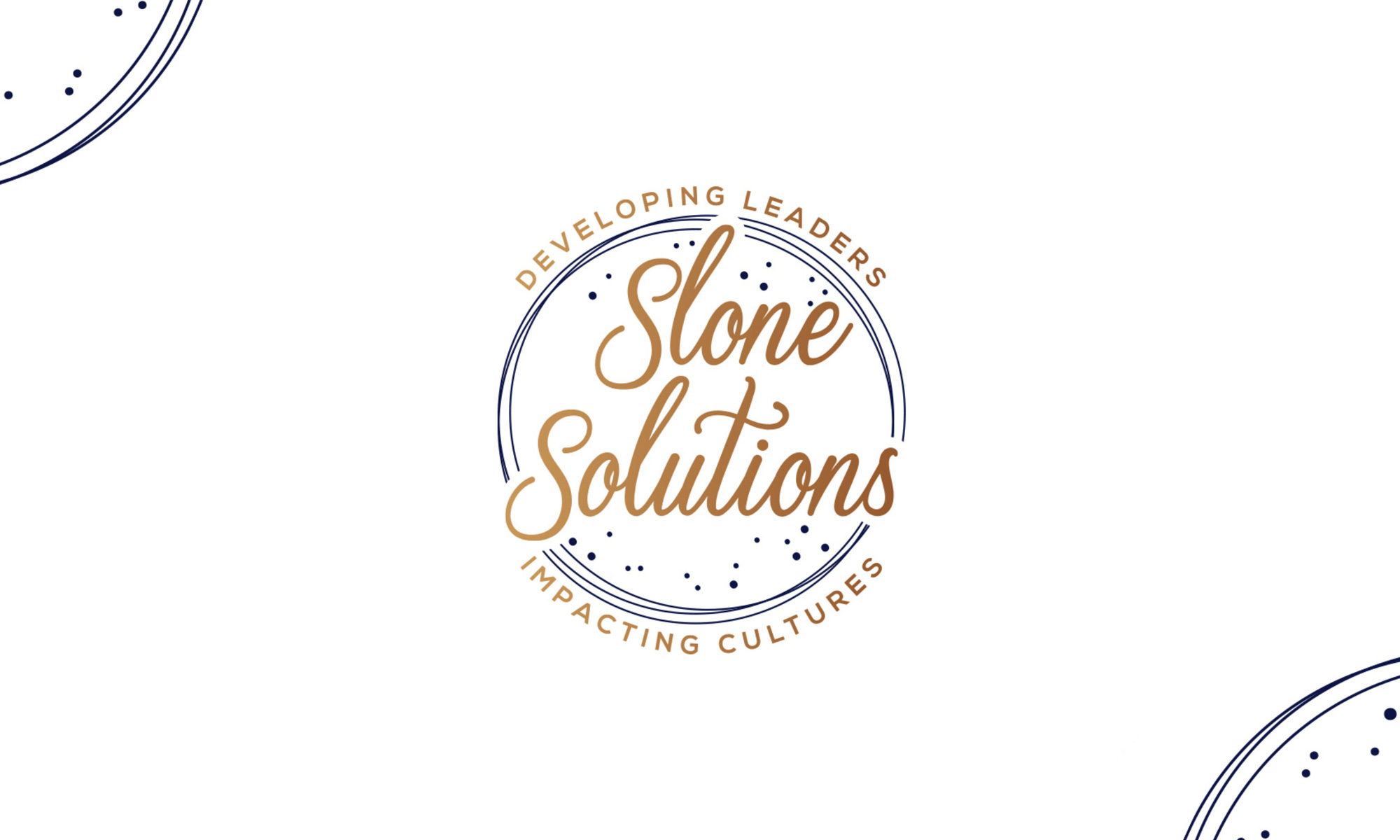
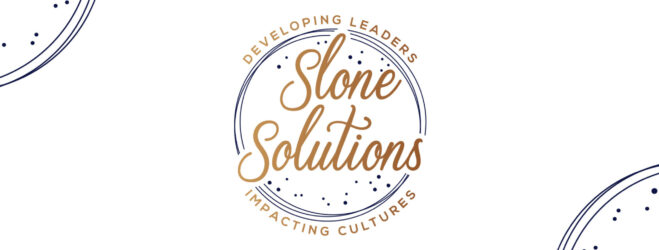
 It’s almost protocol. Nearly anywhere you go, before you enter the space, a thermometer is pointed at your head to ensure you’re fever free. They’re taking your temperature. Being proactive. Not a bad thing to be in any client engagement space. Maybe we could finally learn something from this pandemic. Are you taking the temperature for your client base? Yep, totally spinning this to customer service. What would it take for your team to provide consistent unwavering and exceptional customer service?
It’s almost protocol. Nearly anywhere you go, before you enter the space, a thermometer is pointed at your head to ensure you’re fever free. They’re taking your temperature. Being proactive. Not a bad thing to be in any client engagement space. Maybe we could finally learn something from this pandemic. Are you taking the temperature for your client base? Yep, totally spinning this to customer service. What would it take for your team to provide consistent unwavering and exceptional customer service?
 Brenda has mastered the cadence for follow up for client retention. She champions the element of remaining in contact with clients. Think about it. How often do we buy a house? I not only receive the magnet with the sports schedules for the side of my fridge, but recipe cards, and phone calls and emails. Brenda is constantly touching base to see how we’re doing. During the holidays, she hosts an open house at her Geneva office and provides pies for your family to serve for a holiday dinner. When I’m adding whipped cream to my pumpkin pie and my family asks where it came from, Brenda becomes the topic of conversation. You see? It’s the relationship.
Brenda has mastered the cadence for follow up for client retention. She champions the element of remaining in contact with clients. Think about it. How often do we buy a house? I not only receive the magnet with the sports schedules for the side of my fridge, but recipe cards, and phone calls and emails. Brenda is constantly touching base to see how we’re doing. During the holidays, she hosts an open house at her Geneva office and provides pies for your family to serve for a holiday dinner. When I’m adding whipped cream to my pumpkin pie and my family asks where it came from, Brenda becomes the topic of conversation. You see? It’s the relationship.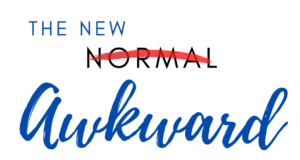 My sister recently divulged a call-center, customer service experience while following up to an online order. Ladies, you can relate. Since the pandemic, those who previous kept their nail hygiene current with gel application probably found their hands less than visually appealing near mid-April.
My sister recently divulged a call-center, customer service experience while following up to an online order. Ladies, you can relate. Since the pandemic, those who previous kept their nail hygiene current with gel application probably found their hands less than visually appealing near mid-April.
 The “new normal” is the “new awkward” when we become a finger-pointing, victimized culture that blames a pandemic for bad customer service. STOP! Choosing not to have a plan of action is a choice. Choosing not to have a service recovery plan is also a choice. Choosing not to consistently acknowledge that our businesses exist because of the clients who purchase and subscribe to our products and services is arrogant, limited thinking, and a choice that leads to business fatality. In business, that’s always been “the normal” and it remains the norm now. How do we forget this? The new awkward is that poor customer service seems to be a result of a pandemic.
The “new normal” is the “new awkward” when we become a finger-pointing, victimized culture that blames a pandemic for bad customer service. STOP! Choosing not to have a plan of action is a choice. Choosing not to have a service recovery plan is also a choice. Choosing not to consistently acknowledge that our businesses exist because of the clients who purchase and subscribe to our products and services is arrogant, limited thinking, and a choice that leads to business fatality. In business, that’s always been “the normal” and it remains the norm now. How do we forget this? The new awkward is that poor customer service seems to be a result of a pandemic.


 So let’s talk mindsets people. Because it’s so very important to have a positive one these days. Mindset is what makes all the difference when it comes to achieving goals. Mindset influences our actions and behaviors. It influences our ability to move forward. And in these times, it’s paramount for us to be extremely selective with our thoughts.
So let’s talk mindsets people. Because it’s so very important to have a positive one these days. Mindset is what makes all the difference when it comes to achieving goals. Mindset influences our actions and behaviors. It influences our ability to move forward. And in these times, it’s paramount for us to be extremely selective with our thoughts. Last month I addressed
Last month I addressed  We waited an hour for our daughter to visit with Santa the other night. The queue filled with families emphasized the stress of the season. Overheated parents holding piles of coats. Eager children fidgeting in their holiday outfits; taffeta dresses and patent leather shoes, glittering shirts, matching pajama sets. An endless procession of anticipation waiting to visit St. Nick.
We waited an hour for our daughter to visit with Santa the other night. The queue filled with families emphasized the stress of the season. Overheated parents holding piles of coats. Eager children fidgeting in their holiday outfits; taffeta dresses and patent leather shoes, glittering shirts, matching pajama sets. An endless procession of anticipation waiting to visit St. Nick.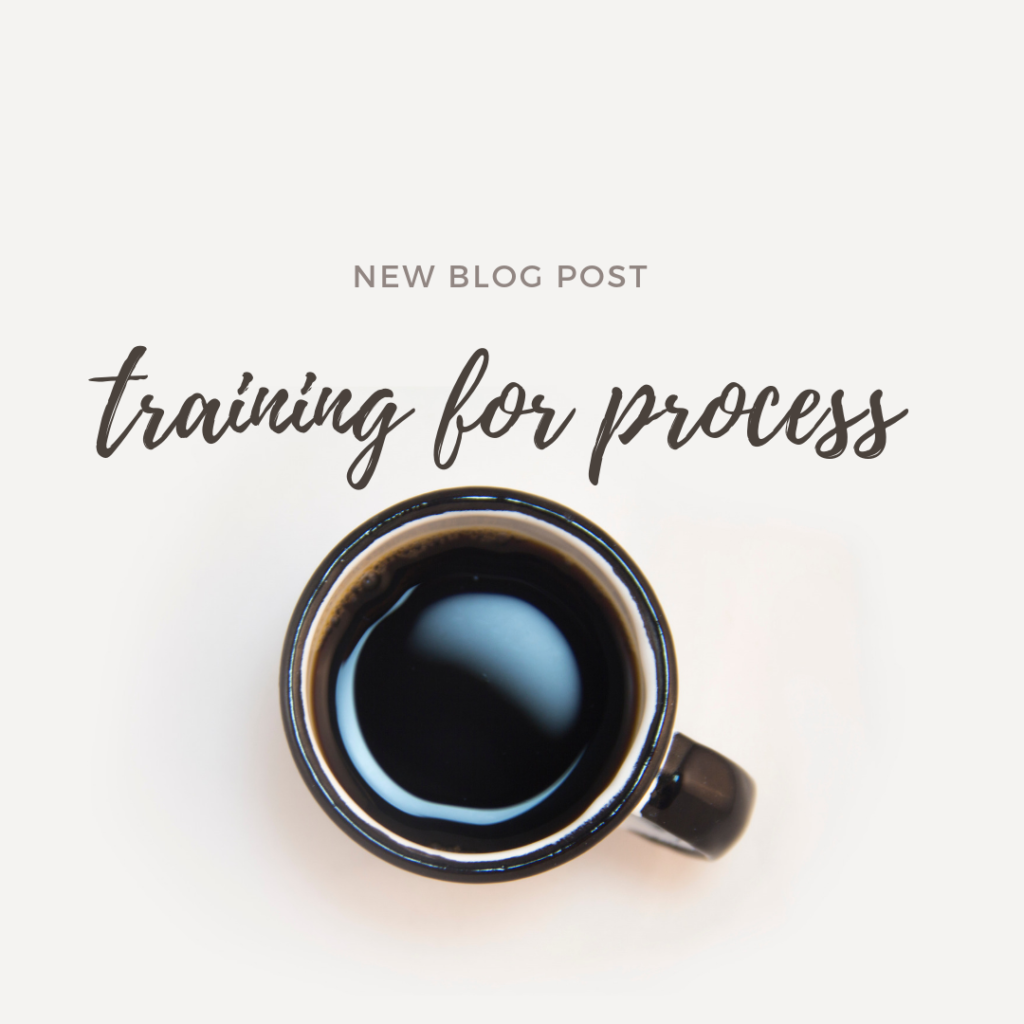

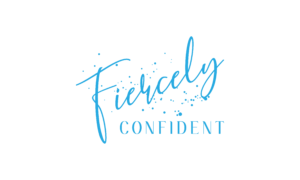

 How many of us began March with quarantine and cherished the time spent at home with family, only months later to complain about too much togetherness, ponder the end of this pandemic or whine about the challenges with E Learning? When did we lose the
How many of us began March with quarantine and cherished the time spent at home with family, only months later to complain about too much togetherness, ponder the end of this pandemic or whine about the challenges with E Learning? When did we lose the  This has been the year of the dragon for our household. Our daughter is obsessed with sculpting dragons, reading books about dragons, and watching TV shows about these mythical creatures. Emma is 8 years old. As we watch her more than likely final year of “believing,” we cherish every magical moment; every baked cookie, every Christmas show, walks in the neighborhood to view Christmas lights. I write these moments on my heart because I dread the day when she like the boy on his bike, stops playing. Or worse, finds my association shameful.
This has been the year of the dragon for our household. Our daughter is obsessed with sculpting dragons, reading books about dragons, and watching TV shows about these mythical creatures. Emma is 8 years old. As we watch her more than likely final year of “believing,” we cherish every magical moment; every baked cookie, every Christmas show, walks in the neighborhood to view Christmas lights. I write these moments on my heart because I dread the day when she like the boy on his bike, stops playing. Or worse, finds my association shameful. Valentine’s has passed. The shortest month of the year is coming to an end. Every day we are closer to Winter’s end and the days grow longer with additional sunlight. Green decorations, anticipation for Spring and thoughts of March Madness are on the horizon. We’ve stopped greeting each other with “Happy New Year.” Yet……..have you made any strides on your resolution or Q1 goals? Are you implementing? Or, has the adrenaline rush for a magnificent 2020 tapered as daily routines absorb your attention? Have priorities shifted? What are you doing to keep momentum?
Valentine’s has passed. The shortest month of the year is coming to an end. Every day we are closer to Winter’s end and the days grow longer with additional sunlight. Green decorations, anticipation for Spring and thoughts of March Madness are on the horizon. We’ve stopped greeting each other with “Happy New Year.” Yet……..have you made any strides on your resolution or Q1 goals? Are you implementing? Or, has the adrenaline rush for a magnificent 2020 tapered as daily routines absorb your attention? Have priorities shifted? What are you doing to keep momentum? EMOTIONS
EMOTIONS Happy New Year! If you haven’t given up on your New Year’s resolution, bravo! How we fail at accomplishing our resolutions is the topic of every media outlet lately. Listen to the radio, watch the news, scroll through Facebook, and you’ll find a new statistic of what percentage and when we falter from our self-proclamation of personal and/or professional development. Recent studies suggest by mid-February 80% of New Year’s resolutions fail. So why do it? I addressed this in a previous blog;
Happy New Year! If you haven’t given up on your New Year’s resolution, bravo! How we fail at accomplishing our resolutions is the topic of every media outlet lately. Listen to the radio, watch the news, scroll through Facebook, and you’ll find a new statistic of what percentage and when we falter from our self-proclamation of personal and/or professional development. Recent studies suggest by mid-February 80% of New Year’s resolutions fail. So why do it? I addressed this in a previous blog; 